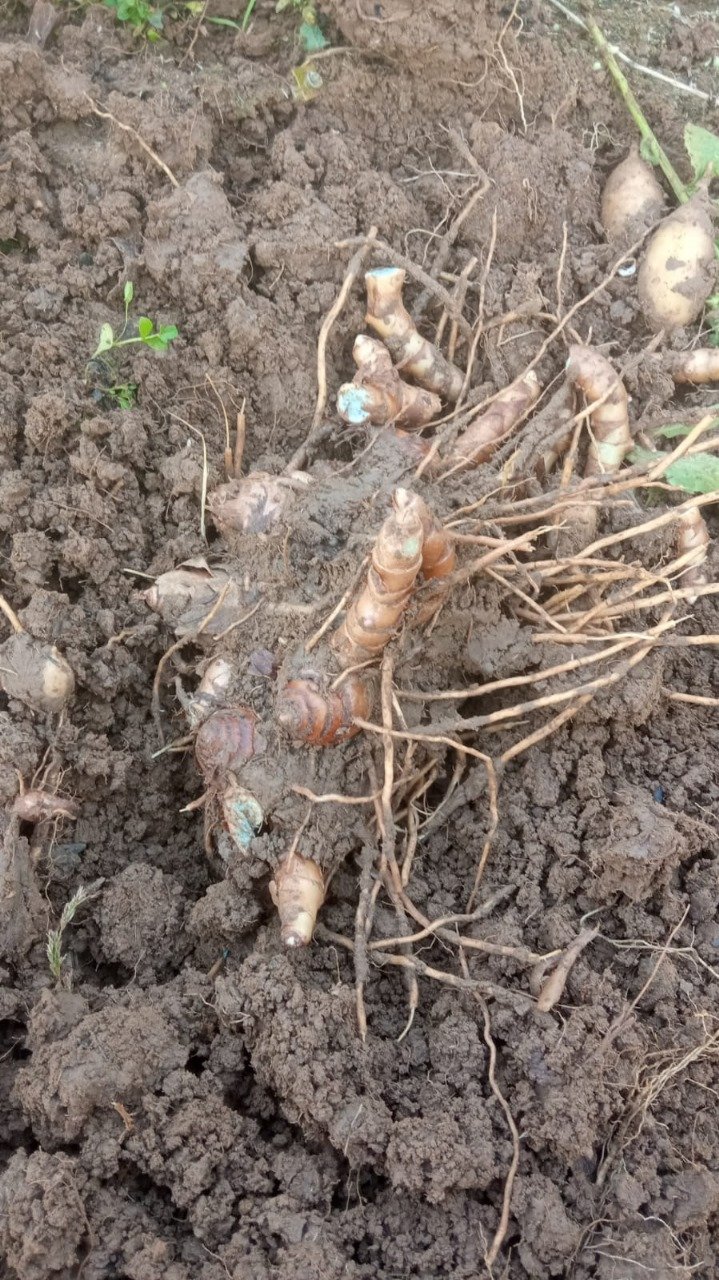- Description
- Additional information
- Reviews (0)
- Sustainability Remark
- More Offers
- Store Policies
- Inquiries
Black Turmeric Product Details
GST & Transport separate
75% advance payment booking and the rest 25% once the order is loaded with transport (post providing appropriate evidence)
| Weight | 50 g |
|---|
Only logged in customers who have purchased this product may leave a review.
Suatainability
Black turmeric, scientifically known as Curcuma caesia, is a rare and lesser-known species of turmeric native to Northeast India and parts of Southeast Asia. Its sustainability and low carbon footprint can be attributed to several factors: 1. Natural Habitat and Cultivation Practices: Black turmeric typically grows in the wild or under semi-cultivated conditions in forest areas with minimal human intervention. Its cultivation often follows traditional, low-input agricultural practices, avoiding the use of synthetic fertilizers and pesticides, which contributes to its sustainability. Traditional farming methods rely on organic matter and natural resources, reducing the carbon footprint associated with chemical inputs. 2. Minimal Processing: Unlike conventional turmeric varieties, black turmeric undergoes minimal processing. The rhizomes are harvested, cleaned, and dried naturally, without extensive industrial processing. This reduces energy consumption and emissions associated with processing and transportation. 3. Resilience to Climate Change: Black turmeric has adapted to diverse ecological conditions, making it more resilient to climate change impacts such as droughts or floods. Its cultivation does not require extensive irrigation or agrochemical inputs, further reducing its carbon footprint. 4. Biodiversity Preservation: Cultivation of black turmeric often occurs in biodiverse regions, where it coexists with other plant species, contributing to ecosystem health and biodiversity conservation. Maintaining diverse agroecosystems helps sequester carbon and mitigate climate change impacts. 5. Local Economy and Livelihoods: Black turmeric cultivation provides livelihood opportunities for local communities, especially in rural and tribal areas where economic alternatives may be limited. By supporting local economies, it contributes to poverty alleviation and sustainable development. References: - Sharma, R. S., & Negi, K. S. (2017). Traditional and Medicinal Uses of Black Turmeric, Curcuma Caesia Roxb. A Review. International Journal of Pharmaceutical Sciences and Research, 8(11), 4494–4499. - Upadhyay, R., & Mishra, H. N. (2019). Black Turmeric (Curcuma Caesia Roxb.): An Overview. Journal of Pharmacognosy and Phytochemistry, 8(3), 3493–3497. - Singh, S., & Panda, H. (2019). Curcuma caesia Roxb. A Less Known Medicinal Plant of Southeast Asia: A Review. International Journal of Pharmaceutical Sciences and Research, 10(1), 20–29.
General Inquiries
There are no inquiries yet.









Reviews
There are no reviews yet.